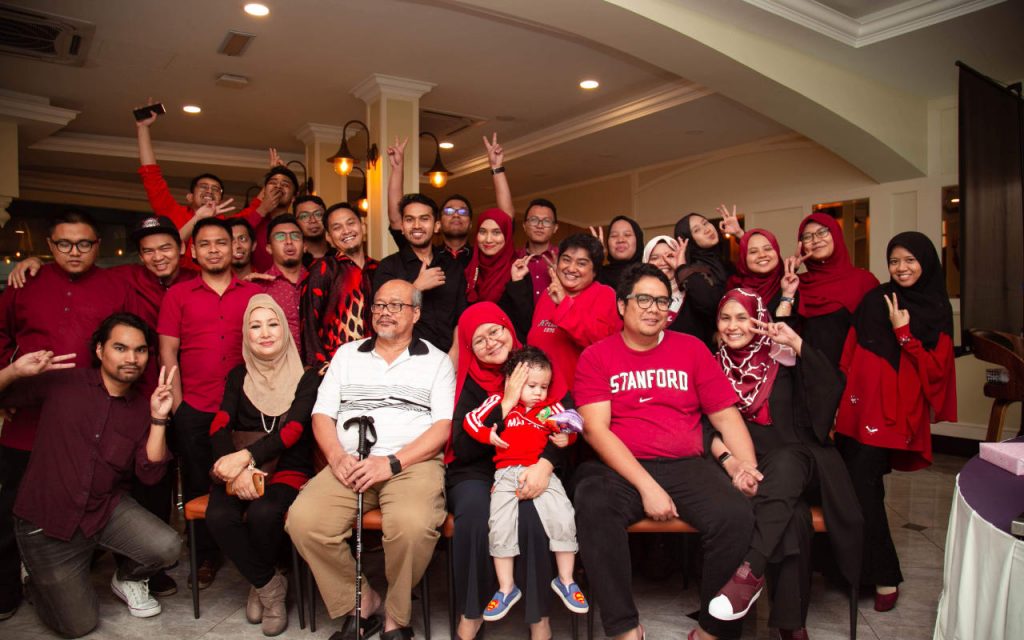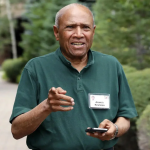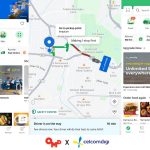This article first appeared in the MARKETING Weekender issue 298.
Amid the political spectacle mired in endless power struggles exhausting Malaysians in a prolonged lockdown, the quick-wittedness of local developers at the Bangi-based, Terato Tech, led to the development of the Kita Jaga Malaysia web app which currently hosts over half a million visitors daily.
According to the founder of Terato Tech, Reza Razali, the web app was initially developed as a Minimum Viable Product (MVP) for the team to test out if the concept of putting up a white flag on a digital map, with a clear call to action, would enable people to more easily provide or seek help.
Needless to say, the convenience of a peer-to-peer transaction that the platform enables, caught on faster than the developers anticipated.
Speaking to MARKETING Magazine (MM), Reza (RR) shares his team’s experience developing kitajaga.co and how Malaysians have used the web app to mobilise aid to those in need, in a scale like never before.
Kita Jaga Kita

MM: Can you describe the experience of developing the web app, launching it, and within a day, seeing more traffic than you had anticipated?
RR: Definitely. For us, when we first started developing it, we were a tech company with the intention of building a POC because we knew it takes a lot of guts to put up the flag physically, by yourself. Maybe we knew this because we didn’t see many flags in the kampung areas or nearby Bangi. So we thought that if we could provide them something digital, then they would do it.
The team went ahead and developed over three days and once that was done, we published it online on a Monday. And we crashed on the first day itself because we had about 50,000 visitors on a platform that was initially supposed to be a POC. But being a technology company, we went back, optimised and then launched it back up. On Tuesday, we got another 50,000 visitors. Then the next day, on Wednesday, we had about half a million people come into the website. So that was amazing. I mean, to see our tech withstand that kind of traffic, that was very interesting for us as it was built and optimised over the span of three days.
But the feedback that we received was much more amazing than the tech. We were able to coordinate activities and at scales we did not did not foresee as possible before this. Because prior, if you wanted to donate to or help someone in your area, you would need to go to a local organisation or a local food bank and then they would send your donation to those who might need it. But this time around, this web app was able to coordinate peer-to-peer activity. So if someone needs help, help is on their way within minutes, or in less than an hour compared. Even on the first day when we launched on Monday, we had so many cases of people who had put up the flag, reaching out to me on Twitter asking me to take it down because they had received enough. Some would say “I only need RM 100 to survive the next two weeks and then send me screenshots of their bank account to show that they had already received RM300 and it was more than enough so they’d like their flag to be removed.” There was even a Twitter thread that showed how some people were only looking for 4 pieces of onions and nothing more. This changes the whole perspective right?
Q: What has surprised you the most through this experience?
RR: When we started we did not think that the white flag movement was this huge. But our data shows that every day at least a minimum of 5000 new flags were raised on the platform. And then what’s also mind blowing is that we suddenly have evangelists all over the country with people setting up volunteer groups and running donation drives to collect money to be distributed to their local community.
Because we are fairly decentralised, we at Terato are like the custodians to this project but there is no specific leader to the kitajaga movement. So everyone is just trying to help their local community which was the aim of the project – we wanted people to look for flags nearby instead of looking far. The idea is you go and help out your neighbours, right?. So that has happened fairly well, for both sides – for the recipients who need just enough and for the community that mobilises the resources. We’ve also seen that there are always more people who want to give out aid than those who need it. The ratio is about 2 to 1 now. I don’t have the latest numbers right now, but based on the numbers from Saturday, there were about 15,000 Blue Flags (providing help) and 7,500 white flags (seeking help) and the ratio has consistently been that way. So for us that has also been interesting to learn.
Q: Can you tell me a little bit more about your challenges with scams or abuse of the web app and what you and your team have done to address it?
RR: When we first launched, there were people who were sharing some of the “troll postings” they came across on the app. Such as people requesting for Musang King or an iPhone. I guess some people found that to be a funny thing to do. So then we realised that we need to develop a mechanism to rule these out and implemented a feature where people can report all suspicious activities, clearly. Then we also had cases where some people were putting up more than one pin on the flag using the same phone number. So now what we have done is we no longer allow people to put up the same phone number twice or more than one pin on the flag. That’s helped us reduce that kind of activity. So it has been a journey to make the platform a lot more secure for us. When we find the loophole, we immediately see how to fix it and we also normally take down the website at 8pm every night to implement those changes.
Q: What do you foresee this app becoming once the white flag movement subsides?
RR: Of course, as an individual, I hope the movement will die off and people will no longer need it as the economy will kickstart itself again. But looking at the feel on the ground, I believe it might take some time. So for us, we will try to upkeep the website for as long as it benefits the people because we started this project mostly as a CSR. We did not build this with the intent to monetise. So from our end right now our principle is very clear, we will keep the website up as long as people find it useful.
MARKETING Magazine is not responsible for the content of external sites.









